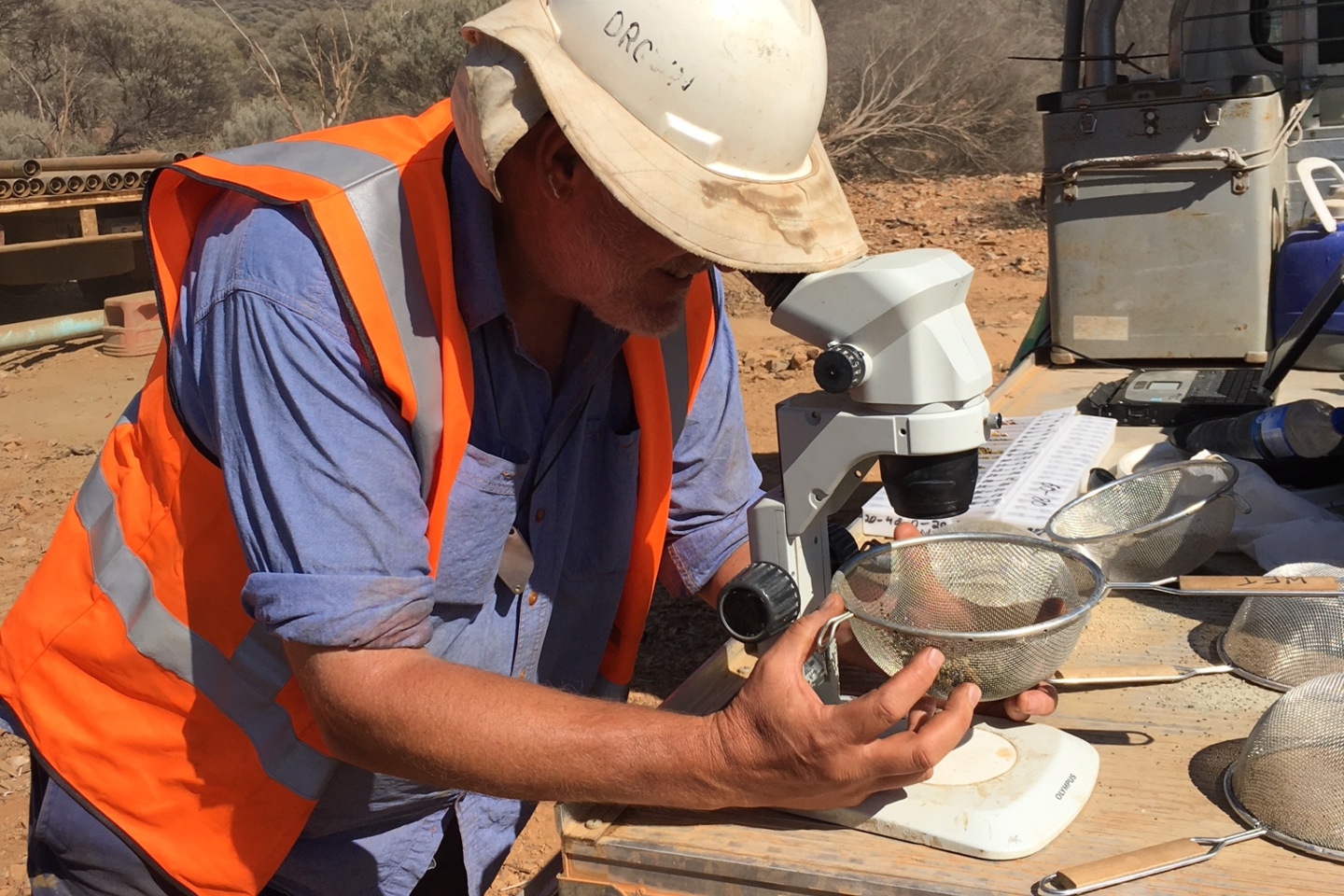Everest Metals has planted its foot on an extensive multi-commodity area of ground with its recent grant of six new exploration licences covering 3421 square kilometres. They are part of 15 applications in two new project areas, which have distinct but complementary polymetallic characteristics in the Georgina and Amadeus Basins, centred on Alice Springs in the Northern Territory.

Everest Metals Corporation has planted a first early-mover foot on a significant area of prospective land in the Northern Territory by securing a six-year grant for six exploration licences in two areas centred on Alice Springs.
The granted licences embrace a total area of 3421 square kilometres and form part of two separate and similarly-sized areas. They are within a total of 15 licences and pending applications in the prospective south-west Georgina Basin and north Amadeus Basin that the company believes are prospective for lithium pegmatites and sediment-hosted copper-lead-zinc and rare earths.
Everest’s Georgina tenure lies 220km north-east of Alice Springs and stretches about 5001sq km, while its Amadeus tenure is 150km west of Alice Springs and encloses about 5206sq km.
Everest Metals chief operating officer Simon Phillips said: “EMC is pleased to have taken the opportunity to be part of a first moving group of companies able to secure significant tenure over areas of geological interest in the Northern Territory. The Company plans to further develop targets for Battery and other Critical Metals over this very large tenure”.
The company applied for its new ground in December last year after developing an awareness for the region’s rich mineralisation and advancing peer projects. It aligns with its dual strategic focus on developing projects relating to battery minerals and precious metals.
Everest undertook preliminary desktop studies (PDS) to assess the available geological and geophysical data, surface geochemistry, peer tenure and historic company reports. The goal of the PDS was to establish an appropriate mineralisation model for the project and to identify geological evidence and support for target definition and future exploration planning.
Management says the study found there is sufficient existing geological evidence to rate its new Georgina project as prospective for both primary and secondary mineralisation targets including – but not limited to –polymetallic base metal deposits, lithium-caesium-tantalum (LCT) pegmatites and rare earths.
It explains that the southern Georgina Basin is widely regarded as one of the more prospective areas for onshore petroleum in the NT. In addition, the Palaeozoic successions of the Georgina Basin contain base metals mines, prospects, occurrences and anomalies that can be assigned to several copper and lead-zinc mineralisation styles.
The basin is also prospective for phosphate over large areas of its central and northern parts and is known to host several substantial deposits and other commodities including diamonds, manganese and uranium.
Management also says its new Amadeus project holds polymetallic mineralisation potential for base metals and rare earths and that it aims to pursue the underexplored target styles it believes will likely be sediment-hosted and stratigraphically conformable.
The region features a variety of mineral deposits, including sediment-hosted polymetallic mineralisation, particularly copper-lead-zinc, potential Mississippi Valley Type (MVT) lead-zinc mineralisation, rare earths, uranium and phosphate deposits.
In that context, a high level of local exploration incentive is provided by Arafura Rare Earths’ world-class Nolans project, which is about 110km north-east of Amadeus. The Nolans Bore rare earths-phosphate-uranium-thorium deposit is Arafura’s cornerstone asset and regarded as one of the biggest and most intensively-explored deposits of its kind in the world.
It contains a JORC 2012-compliant mineral resource of 56 million tonnes at an average grade of 2.6 per cent total rare earth oxides (TREO) and 11 per cent phosphate that extends to 215m below the surface, with about two-thirds of the contained rare earths being in the high-confidence measured and indicated categories.
Everest sees the granting of its new ground as a significant first-mover project expansion opportunity. It is now eyeing immediate plans to undertake a preliminary hyperspectral remote sensing study and initial reconnaissance fieldwork to establish a basis for further work.
Is your ASX-listed company doing something interesting? Contact: matt.birney@businessnews.com.au
















